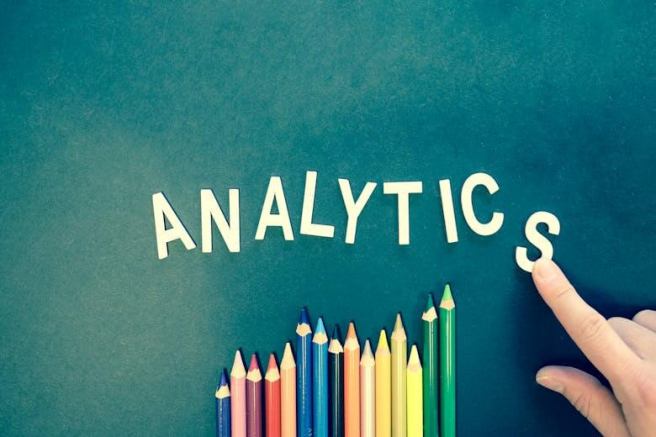Demystifying Pearson’s r: A handy guide

In research, understanding the relationship between variables is crucial for drawing meaningful conclusions. Pearson’s correlation coefficient, often denoted as Pearson’s r, is a statistical measure used to quantify the strength and direction of the linear relationship between two continuous variables. In this blogpost, we’ll delve into what Pearson’s r is all about, its key assumptions, and how to interpret it accurately in your research.
What is Pearson’s Correlation Coefficient?
Pearson’s correlation coefficient is a statistical measure that ranges from -1 to 1, indicating the strength and direction of the linear relationship between two variables.
-
A correlation of 1 signifies a perfect positive linear relationship, meaning that as one variable increases, the other also increases proportionally.
-
A correlation of -1 indicates a perfect negative linear relationship, where one variable increases as the other decreases.
-
A correlation of 0 suggests no linear relationship between the variables.
Key Assumptions of Pearson’s Correlation Coefficient
Before interpreting Pearson’s r, it’s crucial to understand its underlying assumptions:
-
Continuous data: Both variables need to be continuous, that is, their values can vary infinitely along a measurable scale (e.g., height and weight).
-
Linearity: Pearson’s r assumes that the relationship between variables is linear. Non-linear relationships may lead to inaccurate interpretations.
-
Homoscedasticity: The variability of one variable is similar across all levels of the other variable.
-
Normality: Both variables are normally distributed.
-
Independence: Observations are independent of each other. For example, you can calculate Pearson’s r between fatigue scores and blood glucose levels at a single point in time, but not between blood sugar levels of the same participants measured at 2 different time points, since the latter data are not independent of each other.
Interpreting Pearson’s r Accurately
To interpret Pearson’s r accurately in your research paper, consider the following guidelines:
-
Magnitude: The absolute value of r indicates the strength of the relationship. The closer it is to 1 or -1, the stronger the relationship.
-
Direction: The sign of r (+/-) indicates the direction of the relationship. Positive values indicate a positive relationship, while negative values indicate an inverse relationship.
-
Scatterplot Examination: Always visualize the data with a scatterplot to confirm the linear relationship suggested by Pearson’s r.
-
Caution with Outliers: Outliers can substantially influence Pearson’s r. Consider examining the data with and without outliers to evaluate their impact.
-
Significance: Assess the statistical significance of r using hypothesis testing. A p-value less than the chosen significance level (often 0.05) suggests a statistically significant relationship.
Caution: A statistically significant relationship may not be clinically relevant or practically meaningful. Always consider context and existing knowledge when discussing relationships between variables in your research paper.
Conclusion
Pearson’s correlation coefficient is a valuable tool for researchers to understand the relationship between continuous variables. By adhering to its assumptions and interpreting it accurately, researchers can draw meaningful insights from their data, uncovering hidden patterns and leading to advancements in science.









